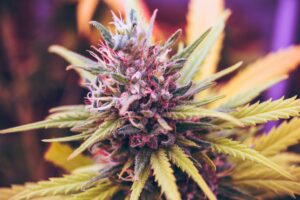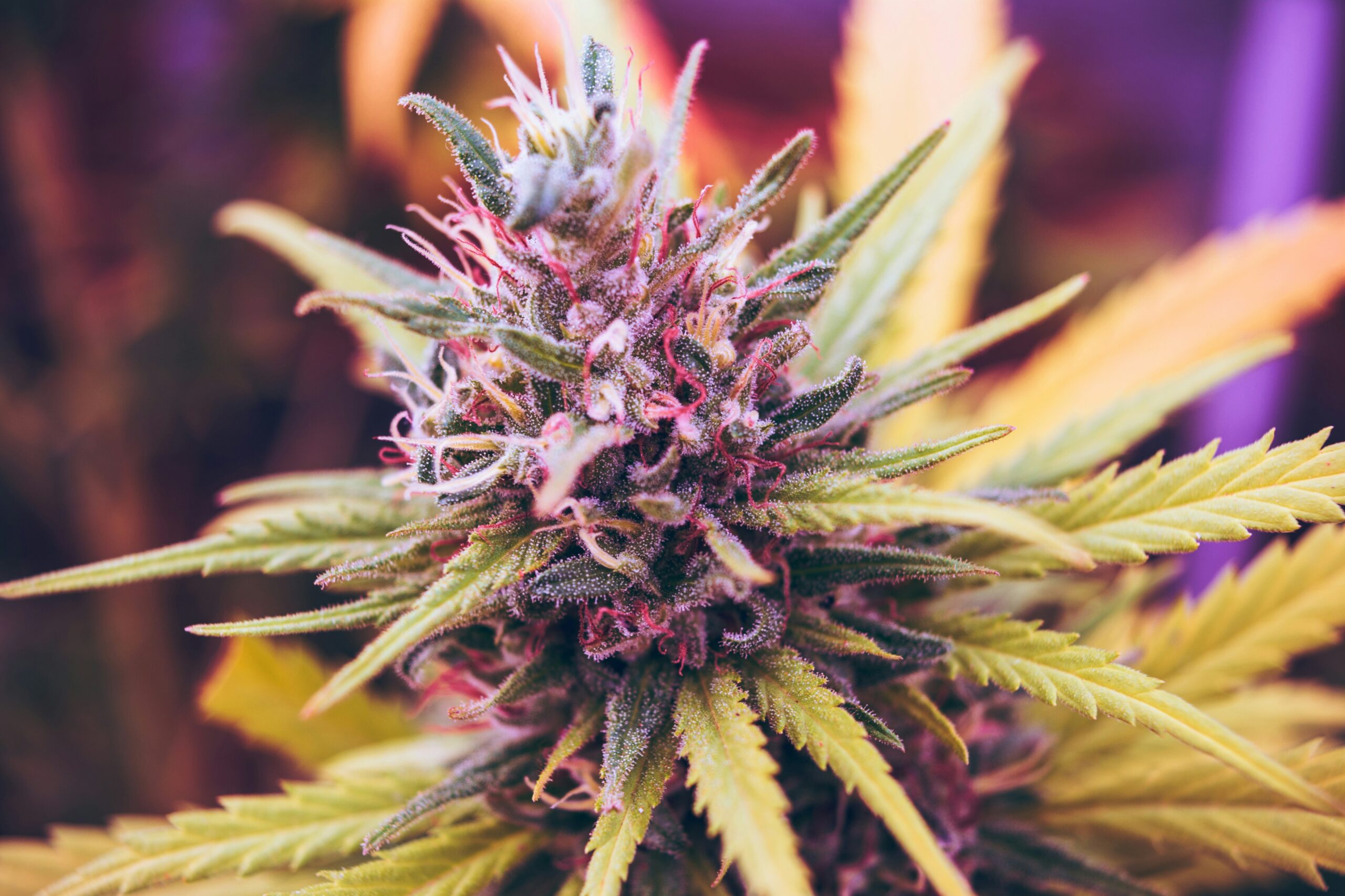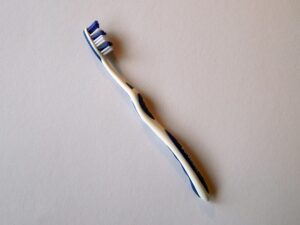Marijuana remains one of the most commonly used psychoactive substances in circulation. Recent data from the National Survey on Drug Use and Health indicates that approximately 52.5 million Americans aged 12 or older reported using marijuana in the past year1. Let us examine the basics of drug testing for marijuana use, including a brief history, effects of the drug, testing requirements, windows of detection and cutoff levels.

What Is Marijuana?
Cannabis, commonly known as marijuana or “weed,” is a psychoactive plant containing over 100 cannabinoids, with delta-9-tetrahydrocannabinol (THC) being the primary active compound. It has a complex legal status, being federally classified as a Schedule I controlled substance while having varying levels of legality at the state level2.
In its natural form, marijuana exists as dried plant material. Common forms include:
- Flower (dried buds)
- Hash/concentrates
- Oils and tinctures
- Edible products like brownies, gummies, etc
- Topical preparations
Common routes of administration include:
- Smoking (most common)
- Vaporization
- Oral consumption
- Sublingual absorption
- Topical application
What Are The Effects Of Marijuana?
THC primarily acts through the endocannabinoid system in the brain, affecting multiple neural pathways3:
- Cannabinoid receptor type 1 (CB1): Primary psychoactive effects
- Cannabinoid receptor type 2 (CB2): Immune system effects
- Dopamine: Reward pathway activation
- GABA/Glutamate: Cognitive effects
These mechanisms produce effects within:
- 2-10 minutes when smoked
- 30-90 minutes when ingested
Effects last between 2-8 hours for typical doses4
Users commonly experience:
- Euphoria
- Relaxation
- Altered perception
- Increased appetite “munchies”
- Short-term memory impairment
- Reduced coordination
- Elevated heart rate
- Red eyes
- Dry mouth
- Anxiety (in some users)
When Is Drug Testing for Marijuana Use Required?
Drug testing for marijuana use is mandated in various contexts:
Workplace Testing:
- Pre-employment screening
- Random drug testing programs
- Post-accident testing
- Reasonable suspicion testing
The Department of Transportation (DOT) drug testing program includes marijuana as one of its five mandatory testing categories, alongside cocaine, amphetamines, opioids and PCP5.
Additional Reasons For Testing:
- Emergency department toxicology
- Law enforcement investigations
- Probation/parole monitoring
- Substance abuse treatment programs
- Child custody cases
- Military drug testing
What Type of Specimens Are Used for Marijuana Drug Testing?
Marijuana can be detected in various biological specimens. The type of specimen chosen depends on testing factors like purpose, desired detection window, and method availability6.
Urine is the most commonly used specimen for marijuana drug testing. Blood, hair, oral fluid (saliva) and sweat can also be tested, although they are rarely used.
What Are The Cutoff Levels for Drug Testing for Marijuana Use?
Initial screening cutoff levels7:
- DOT testing: 50 ng/mL
- Non-DOT Testing: Variable (20-100 ng/mL)
Confirmatory testing cutoff levels:
- GC/MS or LC/MS: 15 ng/mL
- Testing targets THC-COOH metabolite
How Long Does Marijuana Stay In Your System?
Marijuana is metabolized primarily by the liver into THC-COOH. Detection windows vary significantly8:
Usage Patterns:
- Single use: 3-7 days in urine
- Moderate use: 10-21 days
- Chronic use: 30-90 days
Specimen Type Detection Windows:
- Urine: 3-90 days
- Blood: 1-7 days
- Oral fluid: 24-72 hours
- Hair: up to 90 days
Factors Affecting Detection For Marijuana Drug Testing
Several factors influence marijuana drug testing detection windows:
Physiological Factors:
- Metabolic rate
- Body mass index
- Kidney function
- Liver function
- Hydration status
- Age
- Gender
Drug-Related Factors:
- THC concentration
- Frequency of use
- Administration route
- Product type
- Concurrent substance use
Who Are The Main Users of Marijuana?
Marijuana use patterns have evolved significantly since its widespread popularity in the 1960s counterculture:
- Initially associated with jazz musicians and beatnik culture in the 1950s
- Gained mainstream popularity during the hippie movement of the 1960s
- Usage increased dramatically in the 1970s among college students
- Saw relatively stable use through the 1980s and 1990s
- Significant increase since 2000s with legalization movements
Higher prevalence among:
- Young adults aged 18-29
- College students and young professionals
- Creative professionals and artist
- Individuals with chronic pain conditions
- People using it for anxiety or sleep issues
Geographic and demographic patterns show:
- More common in urban and suburban areas
- Higher use rates in states with legal status
- Increased use among middle-aged adults
- Growing acceptance among professionals
- Rising use among older adults for medical purposes
Recent trends show marijuana being increasingly used for both recreational and medical purposes, with particular growth in:
- Cannabis-infused products and edibles
- Medical marijuana prescriptions
- CBD and hemp-derived products
- Microdosing for productivity
- Therapeutic applications
Current Usage Trends
Marijuana use patterns have evolved significantly9:
- Increasing acceptance socially
- Growing medical applications
- Rising potency levels
- Diversification of products
- State-level legalization impacts
Recent trends show:
- Increased vaping popularity
- High-potency concentrates
- CBD product interference
- Synthetic cannabinoid concerns10
Conclusion
Understanding detection windows and testing methods is crucial for effective monitoring and intervention strategies. If you or someone you know suffers from marijuana addiction, reach out for help from a qualified medical professional as soon as possible.
References
1. NIDA. “Marijuana Drug Facts.” https://nida.nih.gov/drug-topics/marijuana
2. DEA. “Drug Scheduling.” https://www.dea.gov/drug-scheduling
3. Journal of Biological Chemistry. “Cannabinoid Receptors.” https://www.jbc.org
4. Clinical Chemistry. “THC Pharmacokinetics.” https://academic.oup.com/clinchem
5. DOT. “Drug Testing Program.” https://www.transportation.gov/odapc
6. Journal of Analytical Toxicology. “Testing Methods.” https://academic.oup.com/jat
7. SAMHSA. “Workplace Guidelines.” https://www.samhsa.gov/workplace
8. Clinical Pharmacokinetics. “Detection Windows.” https://link.springer.com/journal/40262
9. Drug and Alcohol Dependence. “Usage Trends.” https://www.sciencedirect.com/journal/drug-and-alcohol-dependence
10. American Journal of Public Health. “Current Patterns.” https://ajph.aphapublications.org











